
This Article From Issue
May-June 2002
Volume 90, Number 3
DOI: 10.1511/2002.9.0
Flora: An Illustrated History of the Garden Flower. Brent Elliott. 336 pp. Firefly Books, 2001. $60.
Garden Eden: Masterpieces of Botanical Illustration. H. Walter Lack. 576 pp. Taschen, 2001. $39.95.
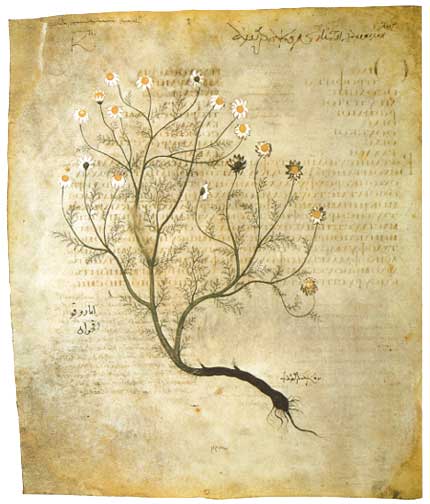
The history of botany is recorded not only in words but in pictures, images that until recently were relegated to the science museum's herbarium cabinet or the art museum's ancillary collection. Generally, botanical art features a particular species done in pen and ink, watercolor or gouache, with a plain background (or perhaps with floral or other details in the background). In galleries, you may also find botanical art in color pencil, graphite, wood engraving or lithography. The genre's appeal perhaps has something to do with the beauty; strangeness and simplicity of plants, or with the desire to draw "perfection," a word that appears often in "how to paint" flower books.
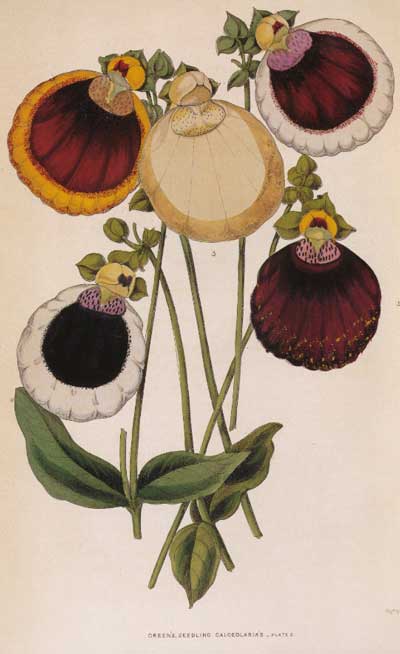
That the vitality of botanical art and illustration continues to this day is evident in the number of organizations devoted to it—the Guild of Natural Science Illustrators, the Society of Botanical Artists and the American Society of Botanical Artists, to name a few—and in the increasing number of botanical art exhibitions and classes throughout the world. Four gardens in the United States and the United Kingdom have begun florilegium societies to assemble paintings of all their plants.
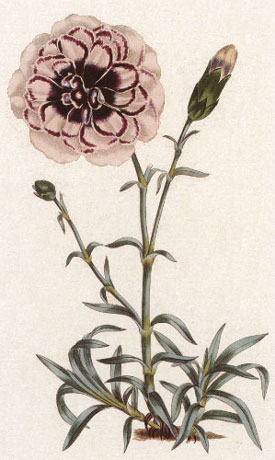
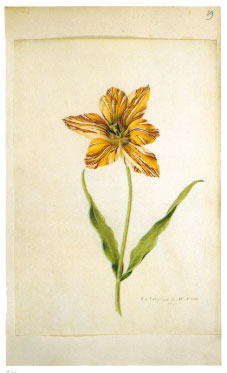
The two hefty books under review are lavishly illustrated, with more than 700 color reproductions between them. The unique original watercolor paintings in them will be of keen interest to the connoisseur.
Garden Eden draws its illustrations from 100 works in the Austrian National Library, which has "one of the world's most significant, comprehensive and wide-ranging collections of botanical illustrations." Generally, two to four paragraphs of text (in German, which has been translated into English and French in slightly smaller type at the bottom of the page) are devoted to each of the works from which the 483 color plates were selected. A 6th-century landmark manuscript on medicinal plants by Dioscorides and a number of codices and herbals from the 16th century are described and well illustrated. Other highlights include paintings from the 17th century by Nicolas Robert and from the late 18th and early 19th centuries by Mathias Schmutzer. Some unusual entries include a few 19th-century colored-wax models of fungi, a page from a doctoral dissertation with the first sketch of the fungus that was to yield cyclosporine, and several contemporary museum exhibition posters (which seem out of place among the other treasures in this book). A bibliography lists several reference works and bibliographies along with secondary literature (mostly in German and English).
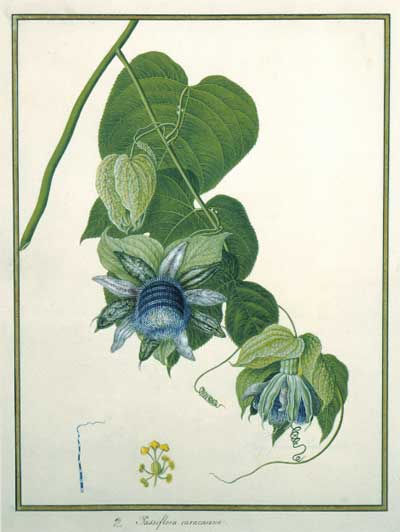
The reproductions in Flora are taken from the collection of The Royal Horticultural Society's Lindley Library, which contains 250,000 paintings, illustrations and rare books. Flora is divided into five sections, on Europe, the Turkish Empire, Africa, the Americas, and Asia and Australasia, each with four pages of introductory text giving some of the history of how and when various flowers native to that region were introduced into English gardens. The illustrations included are mostly from the 18th and 19th centuries, with some from the 17th century and a few from the early 20th century. Large illustrations are accompanied on average by three or four lines of text pertinent to the subject's history as a garden plant. This terse information sometimes refers to the publication from which the image is taken, but for information on originals, the not-very-informative List of Illustrations (arranged by page numbers) in the rear of the book must be consulted. The Index includes mostly plant names. No matter that there seems to be no order of entries within the geographical areas; the book invites leisurely perusal of attractive artworks without offering much of special interest to those yearning for documentation. There is a brief chapter on plant names and another with thumbnail biographies of some of the artists.
It is important for institutions to make their holdings known, and, despite my small quibbles, I enthusiastically welcome these two publications.—James J. White, Hunt Institute for Botanical Documentation, Carnegie Mellon University, Pittsburgh
American Scientist Comments and Discussion
To discuss our articles or comment on them, please share them and tag American Scientist on social media platforms. Here are links to our profiles on Twitter, Facebook, and LinkedIn.
If we re-share your post, we will moderate comments/discussion following our comments policy.